
Electric vehicle sales are rapidly growing in Australia, though it still remains a small slice on our roads.
Like many new and shiny things, there’s a lot of scepticism, hesitancy and misconceptions around owning battery-electric cars in lieu of internal combustion engine vehicles (petrol and diesel) – which we’ve been driving for more than a century.
In this three-part series, we definitively mythbust to ‘clear the air’ surrounding EVs. Here, we focus on the concerns around EV ownership and its economic and environmental impacts. Also check out our other mythbusters here:
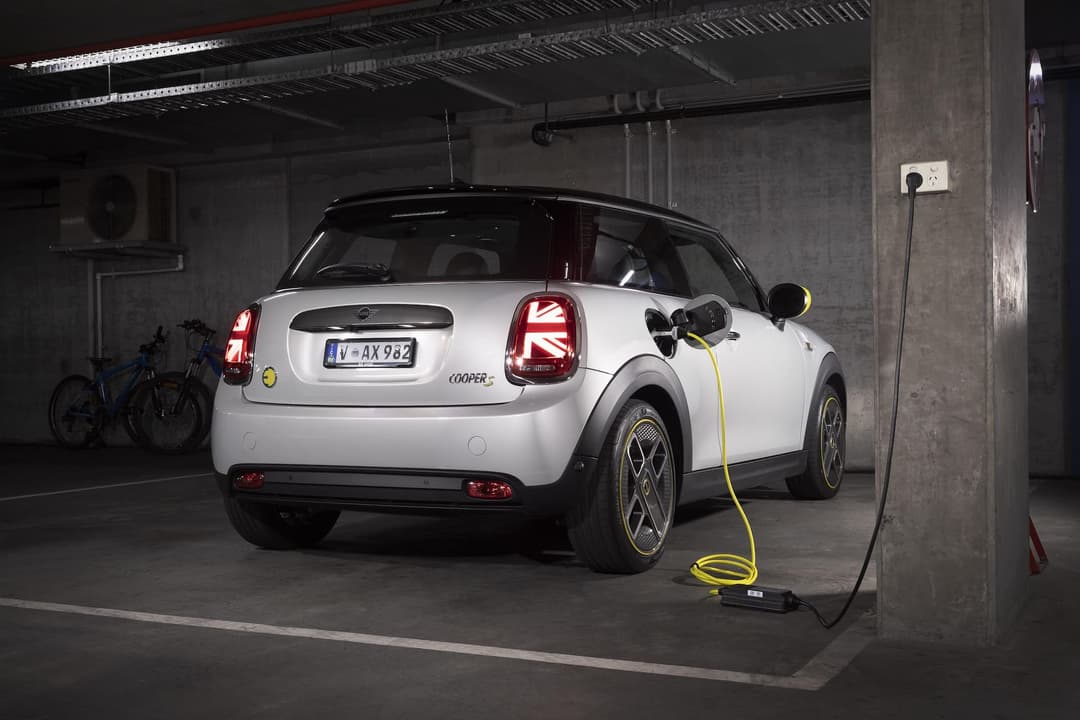
#1. “EVs will hurt our jobs, economy, and overload the electricity grid.”
False. According to the Electric Vehicle Council’s (EVC) head of policy Dr Jake Whitehead (via The Guardian), e-mobility represents a major opportunity for Australia as a nation already housing critical minerals like lithium, nickel, cobalt and copper required for high-voltage EV battery packs. Furthermore, Dr Whitehead says Australia’s transportation system can be at least 70 per cent cheaper to run over the next 10 to 20 years by switching to electric vehicles, instead of spending billions on imported fuels and avoidable public healthcare costs due to the continued exposure to carcinogenic tailpipe pollutants. He argues the cost savings from transitioning to EVs “far outweigh any loss of fuel excise over the coming decades”.
This is supported by a report commissioned by the EVC, NRMA and St Baker Innovation Fund, highlighting Australia’s gross domestic product (GDP) could increase by $2.9 billion and increase employment by 13,400 jobs – if the nation achieves a 57 per cent battery-electric vehicle share of new car sales by 2030.
Another study commissioned by Deloitte reveals, in the most realistic scenario, gradual private zero-emissions vehicle (ZEV) uptake (including battery- and hydrogen electric) of 26 per cent share by 2030 and 100 per cent by 2050 would save around $233 billion in health costs for air, water and noise pollution, and greenhouse gas emissions compared to the current rate of ZEV uptake in Australia during 2021.
But, the growth of EVs could put an additional load of 20 gigawatts per day (doubling peak electricity demand) on the electricity grid by 2030, according to a cross-collaboration study. That’s assuming all EVs were plugged-in during the evening peak when most people return home, drawing 7kW each on an AC charging wallbox. However, it’s worth noting that EV owners should charge overnight during the cheapest off-peak tariff anyway; the vehicle’s built-in charging scheduler can intelligently start and stop charging while plugged-in, and some smart AC wallbox chargers can even account for the grid in real-time.
EVs could also help stabilise the electricity grid in the near-future with bidirectional charging capabilities emerging in more new models. As our cars often spend 95 per cent of their time parked and unused, bidirectional charging utilises electric car’s high-voltage battery packs to act as a storage battery system. Known as vehicle-to-home (V2H), it can discharge its battery to power a household (or business) during peak times, resulting in cheaper electricity bills and a lighter load on the grid. Known as vehicle-to-grid (V2G), if there is still excess energy left in the EV battery, it can even be exported back to the electricity grid to help stabilise it.
And, as more used EVs are discarded, their lithium-ion batteries can have a second life by recycling and refurbishing packs to use in commercial battery storage systems for renewable electricity grids, like the Tesla Powerpack powering South Australia.
EVs also won’t ruin your local mechanic’s job; they still need servicing, can still be extensively tuned and modified, and the advent of the combustion to electric conversions and repurposing of battery packs is offering new opportunities to the sector. The Victorian Automotive Chamber of Commerce predicts there will be a shortage of 6000 dedicated EV mechanics by 2030.
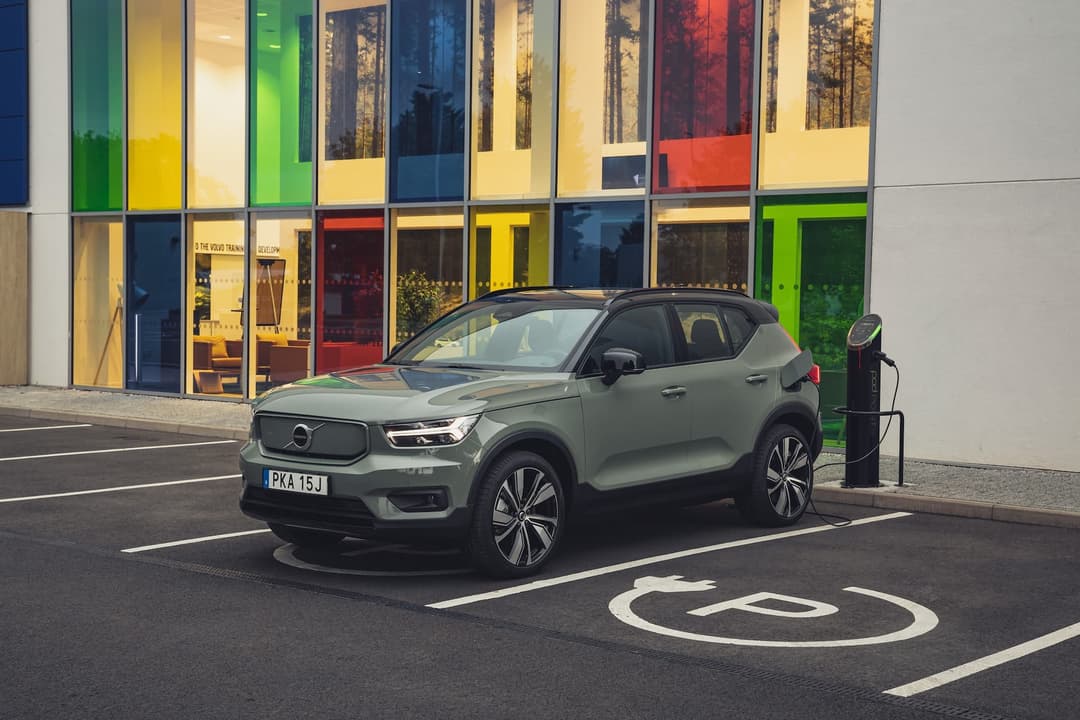
#2. “EVs are still environmentally unsustainable.”
Debatable. It’s true that EVs have a higher environmental footprint than combustion vehicles when they are first produced at the factory; however, driving without emitting harmful pollutants over time will eventually offset and overtake petrol- and diesel-powered car’s carbon footprint.
According to a transparency report by Volvo Cars, the initial manufacturing carbon footprint for its petrol XC40 SUV is around 37 per cent less than the pure-electric XC40 Recharge, mostly due the rare earth minerals required for its nickel-manganese-cobalt (NMC) battery modules.
However, over the luxury SUV’s 200,000km life cycle, their carbon dioxide footprints inverse to 58 tonnes (petrol XC40) and 54 tonnes (XC40 Recharge EV) powered using a global average grid electricity mix. The EV’s impact drops to 27 tonnes if using renewable wind electricity to charge the SUV.
Overall, it takes the all-electric XC40 Recharge to drive 146,000km until it ‘breaks even’ the carbon footprint of the petrol XC40, or just 47,000km when juiced up using wind energy. There’s also the running cost savings for EV owners and reduced impact on public health to consider.
However, battery advancements will make EVs more sustainable from the outset. Carmakers like Tesla, Build Your Dreams (BYD), and Great Wall Motors (GWM) are adopting lithium-ion-phosphate (LFP) chemistry batteries that don’t use minerals like cobalt and nickel, which have been attributed to unsustainable mining and child exploitation practices in developing countries. Solid-state batteries are also expected to be available from 2025, which uses solid electrolytes and materials that are non-toxic, recyclable, and more energy dense than existing lithium-ion batteries.
In the interim, models like the Mini Cooper Electric and Mazda MX-30 Electric deliberately use small battery packs with range suited for urban driving to minimise its carbon footprint out of the factory, and break even the price difference quicker in ownership running costs.
Furthermore, if your home is on a carbon offset or green electricity plan, has solar panels and/or an energy storage system, then charging your electric car is more sustainable than using coal-fired power plant electricity from the grid. On public chargers, major providers including Chargefox, Evie Networks, and Jolt already promise that all of its stations are powered by 100 per cent renewable energy.
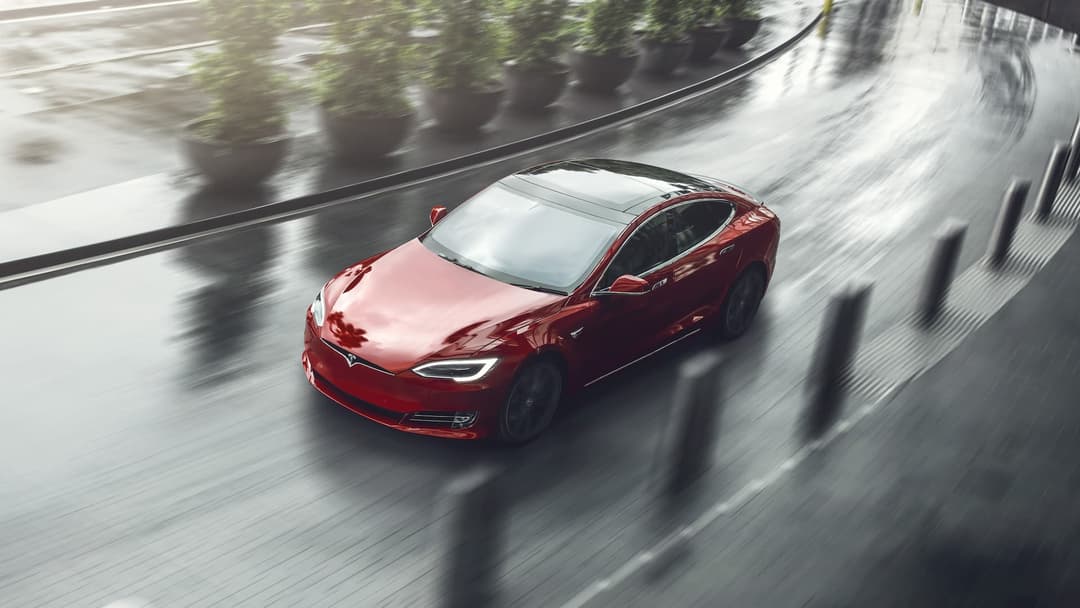
#3. “EVs are unreliable and high maintenance.”
False. The hardware of electric vehicles is significantly simpler than combustion vehicles. A typical drivetrain in the latter contains 2000 or more moving parts, but an electric drivetrain only has around 20 moving parts.
Therefore, EVs should theoretically be more reliable and require less maintenance, resulting in cheaper running costs. Currently, carmakers including MG, Polestar, Volvo and Audi only require service visits every two years for their EVs, whereas Tesla, BMW and Mini adopt a condition-based scheme – instead of annually typical for gas-powered models. It’s worth noting, however, that automakers like Mercedes-Benz, Hyundai, and Mazda unfortunately still require servicing intervals every year for their battery-electric models.
Without any catalytic converters, spark plugs or ignition coils to contend with, EVs still need checkups for parts like brake pads and fluids, tyres, suspension, battery pack health, and the charge port condition. The former will have less wear due to regenerative braking using the electric motor to slow down an EV instead. This makes each service visit typically cheaper than combustion-powered counterparts, contributing to a lower total cost of ownership (TCO) that offsets the extra sticker price difference of an EV over time.
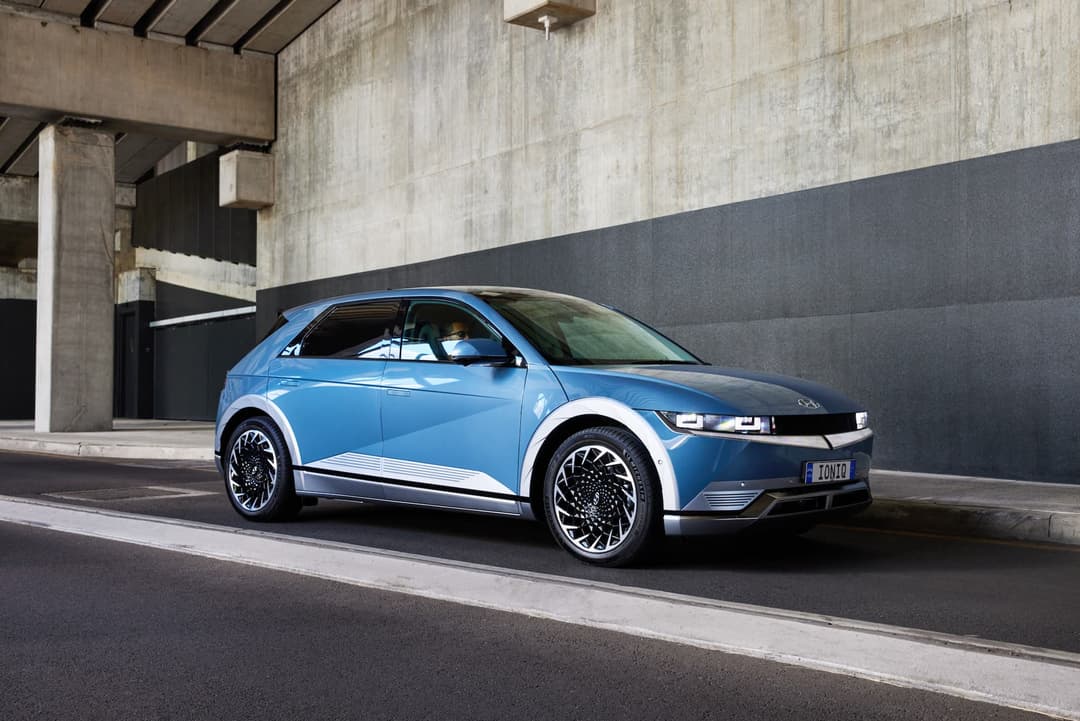
#4. “State EV taxes make owning one impossible.”
False. While national and international governments are starting or planning to impose a tax on electric vehicles, the TCO sums still weigh well in favour of EVs. According to state governments, EV taxes replace the fuel excise tax at gas stations in order to contribute to maintaining public roads and infrastructure.
At the time of writing, Victoria is the only state in Australia to impose an annual tax on battery-electric and plug-in hybrid (PHEV) vehicles at 2.5 cents and 2 cents per kilometre respectively. Both New South Wales and South Australia have pledged to start taxing EVs from July 2027 or when it makes up at least 30 per cent of the new car market share in each state, and other Australian states and countries globally are expected to follow suit.
As a result, if a Tesla Model 3 travels 15,000km in Victoria annually for five years, the owner will need to pay the state $1875 in EV taxes over that period. However, due to the current $3000 rebate at purchase, significantly lower running costs, minimal maintenance, and superior energy consumption efficiency (plus the stronger residual values of the small sedan), the TCO is still inherently cheaper than an equivalent petrol or diesel car.
Taxes on owning any car are not new. The Federal Government currently imposes a fuel excise of 44.2 cents per litre at the bowser which increases twice a year based on indexation – which is still significantly more expensive than any EV tax – alongside typical state government registration, luxury car tax, stamp duty, and compulsory third party (CTP) insurance fees.
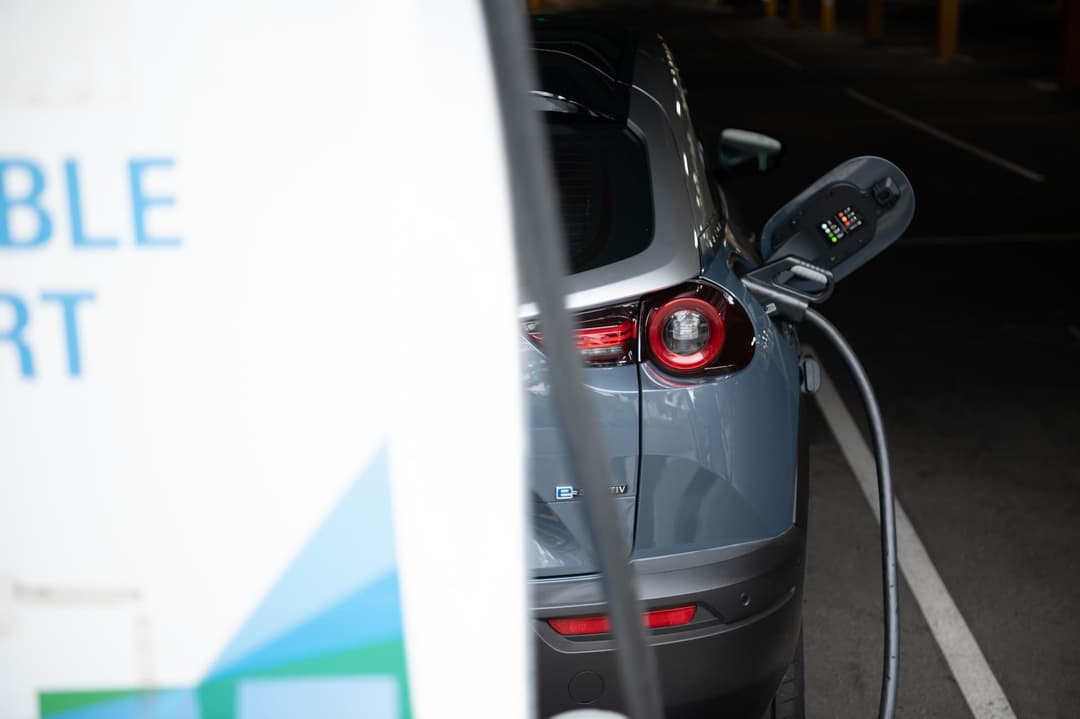
#5. “Plug-in hybrids, hydrogen and synthetic fuels are the future instead.”
False. While there are more models and developments with PHEVs, hydrogen fuel cells and synthetic fuels, it is evident that battery-electric vehicles will become the dominant drive type due to their simplicity and more efficient production processes.
PHEVs are currently a good option for drivers who regularly commute extremely long distances that are beyond the range of current EVs and cannot afford to always stop at a fast charging station.
However, PHEVs contain two-fold moving parts (petrol/diesel and battery-electric) requiring more checkups, poses an increased fire risk, and is lugging unnecessary engine weight if you’re predominantly using pure EV power.
For example, the outgoing Kia Niro in PHEV form costs $3500 to maintain in a seven-year period at 12-month/15,000km checkup intervals based on the company's current capped price servicing. In contrast, the Niro EV costs $2800 over the same period. Other EVs are likely even cheaper, requiring service visits every two years.
Pure-electric cars are rapidly developing to the 1000km of range mark in the near future too, so the ‘stop gap’ of PHEVs might be short-lived.
Meanwhile, hydrogen fuel-cell vehicles emit zero tailpipe emissions and are powered by electrons like EVs, though energy is generated by mixing hydrogen and oxygen to charge a small battery.
While hydrogen vehicles yield longer driving ranges than pure battery-electric powered vehicles and cleans the air while driving, hydrogen refuelling pumps are rare globally, are more expensive than charging with electricity, and needs to re-pressurise itself for up to 20 minutes after filling up two to three vehicles.
The ‘steam reforming’ extraction process of producing hydrogen can be significantly environmentally harmful if reliant on fossil fuel power, instead of the electrolysis process using renewable energy sources (dubbed “green hydrogen”). It’s worth noting that there is still potential in hydrogen fuel-cell power in commercial applications, such as long-distance trucks and aeroplanes.
Finally, combustion heads may get a reprieve in the development of synthetic fuels as the direct successor to current unleaded. Porsche is one of the biggest players investing in the development of the new fuel, claiming it can reduce emissions by around 85 per cent compared to unleaded petrol, while still making battery-electric models.
Making ‘eFuels’ go a step further than electrolysis in hydrogen fuel-cells by combining hydrogen harvested from water with carbon dioxide captured from the air, resulting in synthetic methanol which can then be refined to synthetic petrol or diesel.
But, creating synthetic fuels is highly inefficient; each stage requires a lot of energy so it’ll need to be powered by renewable energy sources to be truly sustainable, it wastes energy, and it produces hydrogen fuel-cells at the beginning of the process anyway. Ultimately, synthetic fuels still emit tailpipe emissions, unlike EVs and hydrogen, and seemingly is a last ditch attempt to save the combustion engine.
Figures by Danny Thai
About the author
Stay up to date with the latest EV news
- Get the latest news and update
- New EV model releases
- Get money savings-deal

